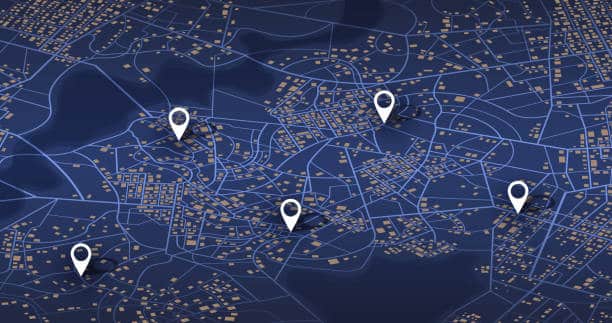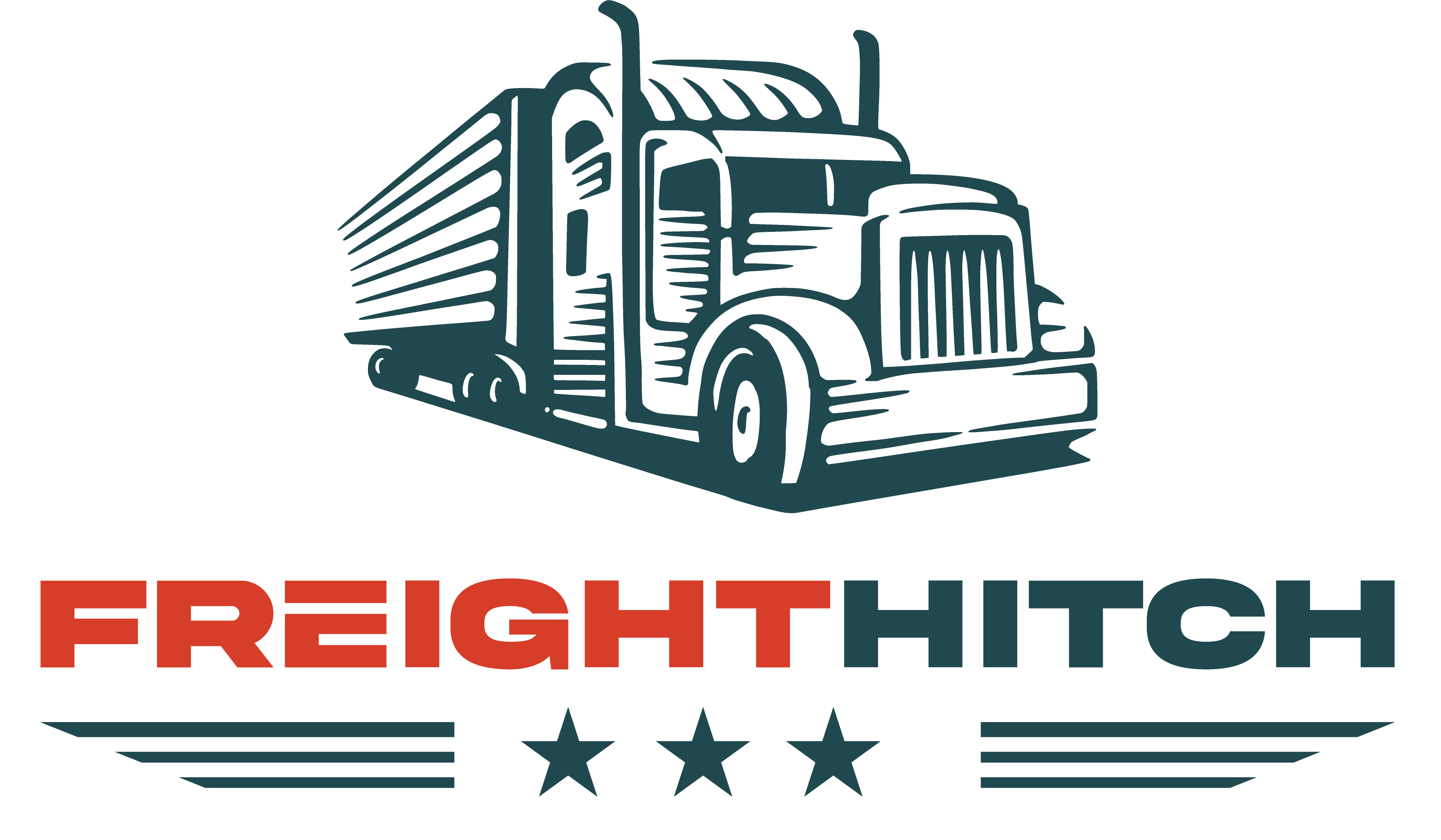The freight transportation industry is undergoing a significant transformation, fueled by the latest technologies that offer increased efficiency, cost savings, and better customer satisfaction. In this blog, we’ll explore innovations like AI, machine learning, IoT devices, blockchain, and Transportation Management Systems (TMS) and their impact on freight operations. We’ll also share specific case studies from real companies that are embracing these technologies, showing you how they’re driving success and what they’ve achieved so far.

Introduction to Freight Transportation Technology
Freight transportation technology is revolutionizing how goods are moved, managed, and delivered. By integrating advanced technologies into logistics, businesses can streamline operations, reduce costs, and gain real-time insights into every aspect of their supply chain. For companies focused on long-term success, leveraging the right tech tools is no longer an option—it’s a necessity.
Latest Trends in Freight Tech Solutions
Here are some of the most groundbreaking innovations in freight transportation technology that are making a significant impact.
1. Autonomous Trucks
Autonomous trucks use sensors, cameras, and AI-powered software to navigate roads with little to no human intervention. These self-driving vehicles have the potential to drastically reduce operational costs, as they can travel 24/7 without the need for driver breaks, and they help mitigate human error, which causes a large portion of road accidents.
- Case Study: In 2021, TuSimple, a leader in autonomous trucking, partnered with UPS to test self-driving trucks on delivery routes in Arizona. Their autonomous trucks have covered over 160,000 miles and reduced fuel consumption by 10%, lowering overall shipping costs. UPS aims to reduce transit times by 50% in the future with the expanded use of TuSimple’s technology. Learn more at Intellias.
2. Internet of Things (IoT) Devices
IoT devices in freight transportation offer real-time monitoring and data collection, enabling businesses to track shipments down to the smallest details. Sensors placed on trucks, containers, and cargo can monitor location, temperature, humidity, and even vibration, helping to ensure sensitive goods are handled properly.
- Case Study: In 2019, Pfizer began using IoT sensors to monitor the temperature of vaccines during transportation. These sensors send real-time alerts to logistics teams if temperature thresholds are breached, allowing quick corrective actions. As a result, Pfizer has reduced vaccine spoilage by 20% and improved overall delivery success rates. IoT plays a crucial role in preserving the integrity of sensitive shipments. Read more at All Things Supply Chain.
Importance of Transportation Management Systems (TMS)
Transportation Management Systems (TMS) are software platforms that help businesses plan, execute, and optimize the movement of goods. A TMS automates many manual logistics tasks, including route planning, freight tendering, load optimization, and shipment tracking. By analyzing data from shipments, these systems can identify inefficiencies and suggest optimal routes or processes.
How Does a TMS Work?
A TMS integrates with a company’s existing enterprise resource planning (ERP) or warehouse management system (WMS) to provide end-to-end visibility of the entire transportation process. The system uses data from various sources, including GPS, warehouse operations, and customer orders, to calculate the most efficient shipping routes and modes, while considering variables like fuel prices, road conditions, and driver availability.
Benefits of TMS
- Route Optimization: TMS platforms use AI to analyze data on traffic, weather, and fuel costs, creating optimized routes that save time and reduce fuel consumption.
- Real-Time Tracking: Businesses can monitor their shipments in real-time, providing customers with accurate delivery estimates and reducing uncertainty.
- Cost Reduction: TMS can reduce transportation costs by up to 15% by optimizing routes, reducing empty miles, and improving load consolidation.
Is It Costly to Implement?
Implementing a TMS involves upfront costs, which can vary based on the size of the business and the system’s complexity. Cloud-based TMS platforms are becoming more popular as they offer more flexible pricing models. On average, companies that adopt TMS see a return on investment (ROI) within 6 to 12 months, thanks to the substantial savings in fuel and labor costs.
- Case Study: In 2020, Nestlé implemented a TMS across its European operations to optimize its transportation network. Within the first year, they saw a 12% reduction in transportation costs and a 15% improvement in on-time deliveries. Nestlé’s TMS also reduced empty truck miles, further decreasing fuel expenses. Learn more at Logistics Management.

Innovations in Supply Chain Management
The supply chain is evolving with the integration of AI, machine learning, and big data analytics. These technologies are transforming the way companies manage their logistics, offering greater insights and efficiencies.
1. AI and Machine Learning
AI and machine learning algorithms can process massive amounts of data to detect patterns and make predictions. For instance, they can analyze historical shipment data to predict demand surges, optimize inventory levels, or even suggest when to reroute trucks based on real-time traffic data.
- How It Works: AI algorithms gather data from various touchpoints—such as GPS, weather forecasts, and historical traffic patterns—to optimize delivery schedules. Machine learning systems get “smarter” over time, adjusting to new patterns and improving predictions. For example, an AI system could predict that shipping delays are likely due to upcoming storms and suggest rerouting trucks to avoid the affected areas.
- Example: A global retail chain implemented AI-powered demand forecasting tools in 2021. By analyzing customer data and external factors like weather and holidays, the AI system helped the company optimize inventory levels, reducing stockouts by 30% during peak seasons. AI also improved warehouse efficiency by 20%, ensuring that products were in stock when needed without over-ordering.
2. Big Data Analytics
Leveraging big data in logistics means using large data sets to gain actionable insights. By analyzing data from GPS systems, shipment logs, fuel usage, and traffic patterns, companies can identify inefficiencies in their supply chains and make adjustments.
- What It Does: Big data analytics can help companies identify bottlenecks, such as delays caused by frequent congestion at specific ports or underutilized truck capacity. This data allows businesses to reroute shipments or make operational changes that reduce delays and optimize shipping schedules.
- Example: In 2021, DHL implemented big data analytics to optimize its global delivery network. By analyzing historical shipping data, DHL identified inefficiencies in last-mile delivery processes, reducing delivery times by 10% and improving customer satisfaction. Learn more at Tive.
Case Studies of Successful Tech Implementations
1. Walmart’s Autonomous Trucking Fleet
Walmart started testing autonomous trucks in 2020, partnering with Gatik to transport goods between distribution centers and retail locations. By 2021, Walmart began using these autonomous trucks for a 20-mile delivery route between Bentonville and a nearby fulfillment center.
- Why They Adopted It: Walmart adopted autonomous trucking to reduce labor costs and improve delivery times. By eliminating the need for human drivers, Walmart could run trucks around the clock, improving efficiency.
- Results: Walmart has reported a 30% reduction in delivery times and plans to expand its autonomous trucking fleet further. Learn more about Walmart’s autonomous trucking initiatives at All Things Supply Chain.

2. Maersk’s Blockchain Integration
Maersk began using blockchain technology in 2018 to improve the transparency and security of its global shipping operations. By partnering with IBM, Maersk launched TradeLens, a blockchain platform designed to track shipping containers in real time.
- Why They Adopted It: Maersk wanted to reduce paperwork errors, improve supply chain visibility, and enhance security for its customers. Blockchain’s decentralized ledger allowed Maersk to share shipping data with partners while reducing the risk of fraud.
- Results: Since implementing blockchain, Maersk has reduced customs processing times by 40% and cut paperwork-related delays by 20%. The company also saw a 15% reduction in shipping costs due to improved supply chain efficiency. Learn more about Maersk’s blockchain initiatives at GEP.
Why Embrace Freight Transportation Technology?
Embracing modern freight technologies offers businesses a competitive advantage by increasing efficiency, reducing costs, and improving customer satisfaction. Companies that adopt technologies like TMS, AI, and IoT devices can streamline their logistics operations and gain real-time insights into every shipment.
At Freight Hitch, we specialize in helping businesses implement the latest transportation technologies. Whether you’re looking to improve your shipping network with a TMS or use IoT devices to monitor sensitive goods, we can provide the solutions you need to stay ahead of the competition. Contact us today to learn more.
Conclusion
Freight transportation is evolving faster than ever, thanks to innovations like AI, autonomous trucks, and blockchain. By adopting these technologies, businesses can improve their logistics efficiency, reduce costs, and enhance customer satisfaction. Companies that invest in these innovations today will be better equipped to meet the growing demands of tomorrow’s global supply chains. For more insights on freight technology and how it can improve your logistics, visit Freight Hitch today.




